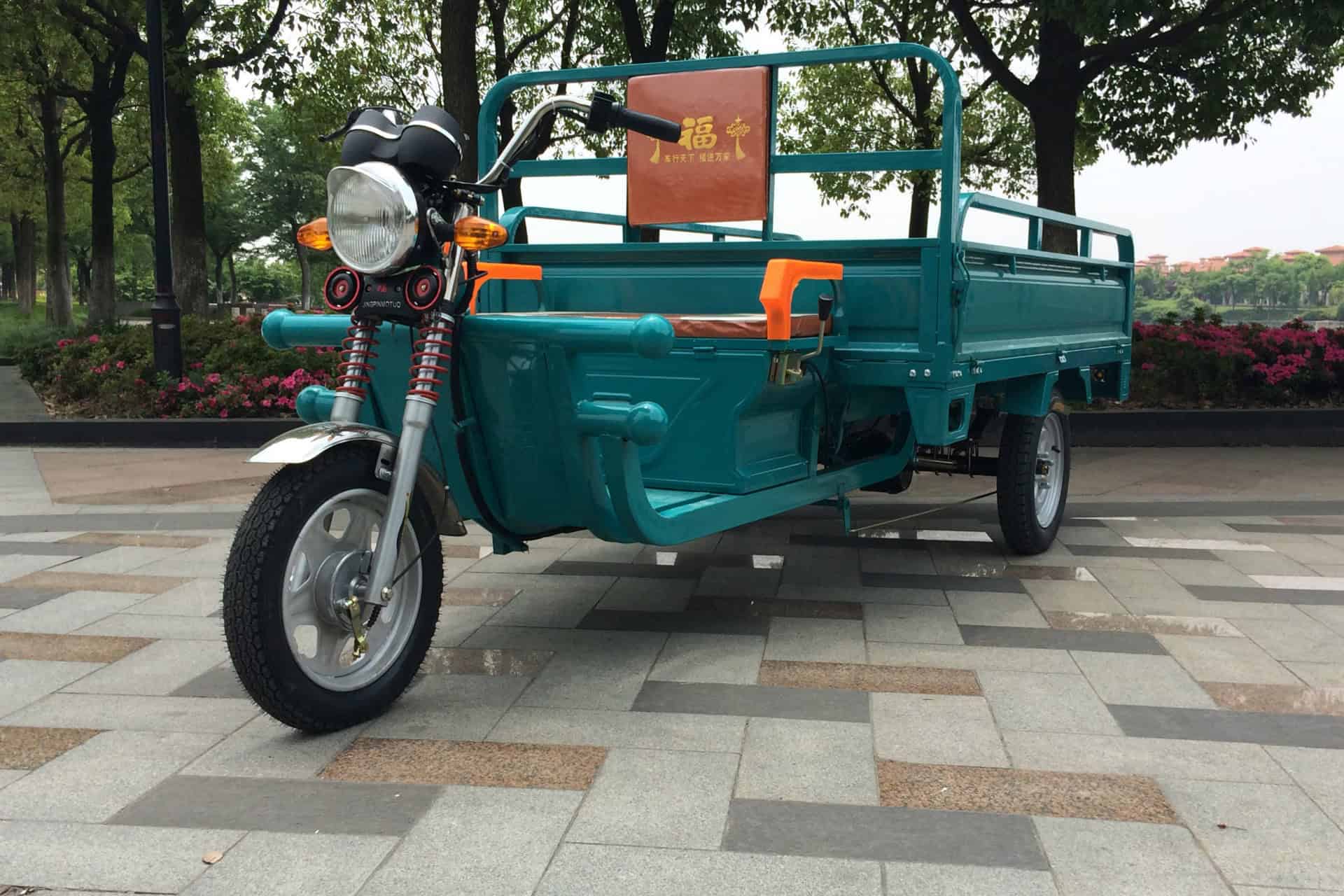Electric tricycles combine eco-friendly driving with versatile cargo and passenger capabilities. To maximize your e-trike’s lifespan and performance—and to stay safe on every trip—you need a solid understanding of its features, daily usage routines, and routine maintenance tasks. This guide walks you through each step.
Pre-Ride Safety Check
Before every ride, perform a quick but thorough inspection:
• Brakes & Lights: Squeeze both brake levers and test front/rear lights, turn signals, and horn.
• Tires & Suspension: Verify correct tire pressure and look for cuts or bulges; ensure springs and shocks move freely.
• Battery & Wiring: Check battery charge level, secure connections, and absence of water or corrosion at terminals.
• Controls & Frame: Confirm throttle, switches, and handlebars operate smoothly; tighten any loose bolts.
Starting Procedure
A proper startup sets the tone for a safe ride:
• Insert key and switch to “ON” in neutral.
• Tap the horn to alert nearby pedestrians.
• Grip handlebars with both hands and keep eyes forward.
• Shift the drive selector into “Forward” and gently twist the throttle until you move off smoothly.
Riding Techniques
• Maintain Focus: Always keep both hands on the grips and eyes on the road.
• Smooth Acceleration: Avoid sudden throttle twists; increase speed gradually to maintain stability.
• Brake Management: Release your foot from the brake pedal when cruising to prevent drag and brake overheating.
• Speed Adjustment: On uneven roads, slow down to reduce chassis vibration and protect suspension.
Turning Tips
• Signal Early: Activate turn signals at least 5 meters before turning.
• Hand Placement: Use one hand to pivot the handlebars and the other to steady the frame.
• Speed Control: Slow to under 20 km/h, sound horn, then lean into the turn for smooth cornering.
Parking & Securing
• Gradually release throttle and apply brakes to stop.
• Shift back to neutral and engage the parking brake (hand lever).
• Turn off power, remove key, and, if possible, lock the steering to deter theft.
Reversing Safely
• Ensure the vehicle is fully stopped and in neutral.
• Engage the reverse gear, hold the throttle lightly, and watch all mirrors.
• Move in small, controlled increments—maintain slow speed and constant visual checks.
Battery Care & Maintenance
• Regular Charging: Keep the battery between 30 %–80 % state of charge; avoid full discharges.
• Temperature Awareness: Charge and store between 10 °C–40 °C to prolong battery life.
• Periodic Inspection: Every month, inspect for corrosion, clean terminals, and tighten connections.
• Professional Service: Replace worn cells and balance packs at manufacturer-recommended intervals.
By following these operation and maintenance routines—safety checks, careful riding, proper parking, and battery care—you’ll ensure your electric tricycle remains dependable, efficient, and long-lasting.

